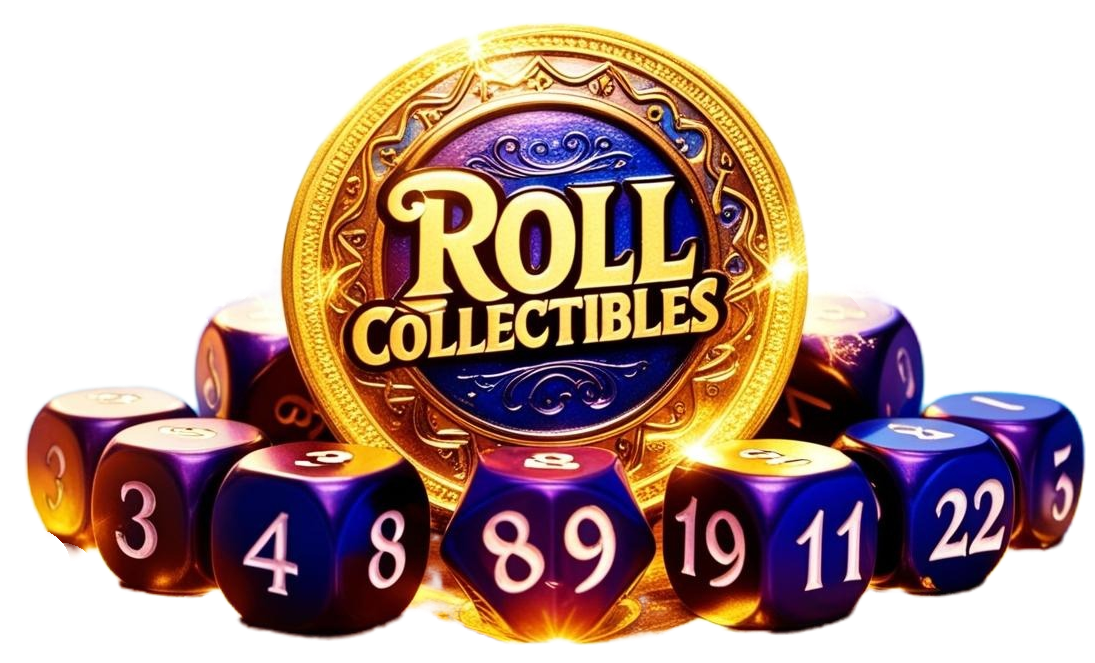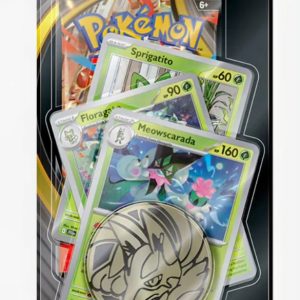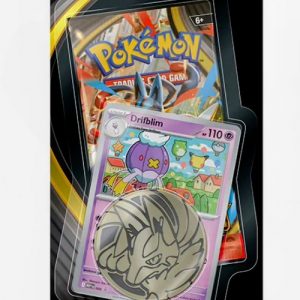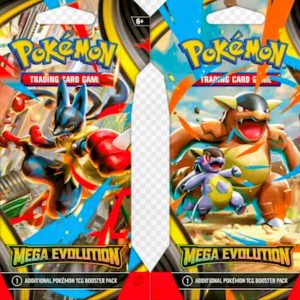How to tell if Simplified Chinese Pokémon cards are real or fake:
Simplified Chinese Pokémon cards are generally considered to have excellent quality, on par with Japanese cards, because they are also printed in Japan. Here are key things to look for:
* Embossed Pokémon TCG Logo and Holographic Sticker on Packaging:
This is one of the most reliable indicators. Holographic Simplified Chinese cards (GX, V, VMAX, holo rares, etc.) will feature an embossed (stamped/indented) Pokémon TCG logo in the bottom left corner. This texture is difficult for counterfeiters to replicate. Some sources even suggest this logo might alternate between a Poké Ball and the Pokémon logo depending on the angle of light, indicating a high level of anti-counterfeiting measures. Common and uncommon cards will not have this logo. Official Simplified Chinese Pokémon product packaging (like booster boxes) will have a holographic, circular sticker displaying both the English and Simplified Chinese Pokémon logos, along with a unique number.
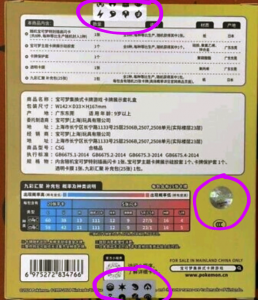
Note the two holofoil that seal the box, see the holographic stamp on the back right of the box, if you know how to read the information on this box it will tell you the pull rates for this set.
* Card Backing:
Simplified Chinese cards use the international card backing, which is the same as English cards, not the Japanese backing.
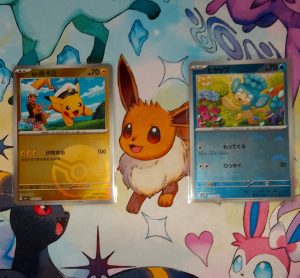
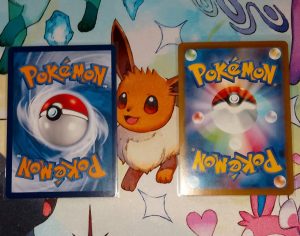
Take note of the difference on the back of the cards between the simplified Chinese card on the left to the Japanese card on the right.
* Card Quality:
As they are printed in Japan, expect high-quality card stock, thinner card texturing, and glossy holofoil.
* No Black Layer:
Unlike some fake English cards, authentic Simplified Chinese (and other Asian) Pokémon cards do not have a black layer in the middle that prevents light from passing through. If you hold a genuine card up to a light, you might see some light pass through, and if you were to tear one (not recommended!), you wouldn’t see a black line.

The middle layer is blue under a camera flash but to the eye it is more of a grey colour, this can also make it difficult to see the middle layer, a small amount of light will pass through this layer and card (the card pictured is a Korean card not a simplified Chinese card but the middle layer is the same)
* Shrink Wrap:
For booster boxes, the shrink wrap can vary. Starting with certain sets (like Primordial Martial Arts), jumbo pack boxes and subset boxes have shrink wrap with the Poké Ball logo. Others might not.
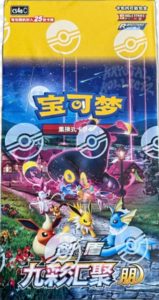
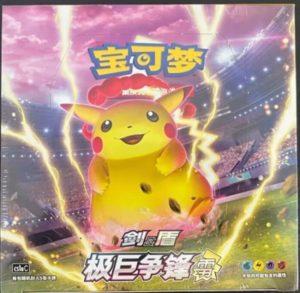
Take note of the two sets above that have two different shrink on them, on the left is NINE COLOURS (English version is evolving skies), on the right is DYNAMAX CLASH (English version is vivid voltage).
* Reverse Holo Patterns:
Pay attention to the unique reverse holo patterns for common and uncommon cards, as these can vary between Sun & Moon and Sword & Shield eras.
How to read the set numbers and letters on the cards and packs:
Simplified Chinese Pokémon cards have a specific set code format. You’ll typically find these codes in a black box on the bottom left of the cards or the top left of a booster pack.
The general structure of Simplified Chinese set codes is: C [ERA] [SET NUMBER] [SUBSET IDENTIFIER] C
Let’s break it down:
* C: This always comes first and stands for “Chinese.”
* ERA: This indicates the Pokémon TCG era.
* “SM” for Sun & Moon
* “S” for Sword & Shield
* Eventually, “SV” for Scarlet & Violet
* SET NUMBER: This is a numerical identifier for the main set within that era (e.g., “1” for the first set, “2” for the second).
* Enhancement Sets (similar to “mini-sets” or “holiday sets” in English) will have a “.5” after this section (e.g., “CSM2.5”).
* SUBSET IDENTIFIER: Simplified Chinese sets are often quite large and released with companion subsets. This letter identifies which subset it is.
* Commonly “A,” “B,” or “C.” For example, a set might be released as CSM1A, CSM1B, and CSM1C, with each subset focusing on different Pokémon types.
* C (at the end): This final “C” confirms it’s a Simplified Chinese card, differentiating it from Traditional Chinese cards which often have an “F” at the end of their set code.
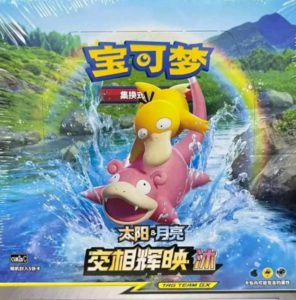

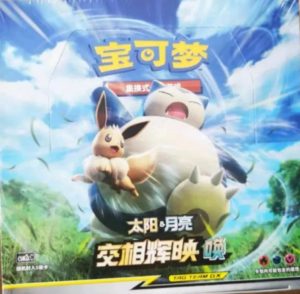
Above are the 3 products linked to 1 set in simplified Chinese CSM2A, CSM2B, CSM2C, This is there version of the English tag team.
Here is an Example:
* CSM1B: “C” (Chinese), “SM” (Sun & Moon era), “1” (first set), “B” (subset B). This would be for a set like “Storming Emergence: Verdant.”
* CS3.5C: “C” (Chinese), “S” (Sword & Shield era), “3.5” (third enhancement set), “C” (Simplified Chinese). This could refer to “Scorching of the Raging Skies.”
Card Numbers within a Set:
Like other Pokémon cards, you’ll find a card number (e.g., “036/114”) usually in the bottom right or left corner, near the rarity symbol. The first number is the card’s specific number within the set, and the second number is the total number of cards in that set (excluding secret rares). Secret rare cards will have a card number higher than the total number of cards listed for the set (e.g., 224/198).
How many different packs are there to a specific set?
This can vary with Simplified Chinese Pokémon sets. Unlike English sets which typically have one booster pack design per set (though the artwork on the pack can differ), Simplified Chinese sets are often released in multiple “main sets” or “subsets” that function similarly to individual packs, sometimes with distinct pack designs.
For example, a “main set” in Simplified Chinese might be composed of three distinct subsets (e.g., CSM1A, CSM1B, CSM1C), and each of these might have its own booster pack design. So, for a single overarching “set,” you could have multiple different pack designs and corresponding product lines (booster boxes).
* Main Sets:
These often contain three distinct “subsets,” each with unique Pokémon featured on the pack art.
* Sub Sets (or Enhancement Sets):
These are generally smaller, might focus on a specific Pokémon or theme, and would also have their own pack designs.
* Promo Packs:
These are found in gift boxes, binder collections, or other accessory products and feature unique print textures and foils. They are not typically sold as standalone booster packs.
Therefore, for a “specific set” as defined by its core release, you might encounter anywhere from one to three or more distinct pack types/designs, depending on how the set was structured and whether it included multiple “main” or “sub” releases. It’s best to consult a resource that lists Simplified Chinese Pokémon sets to see the specific breakdown for each release.

Above is an example of a Chinese promo pack. These typically contain 2 cards that are linked to a specific set.
